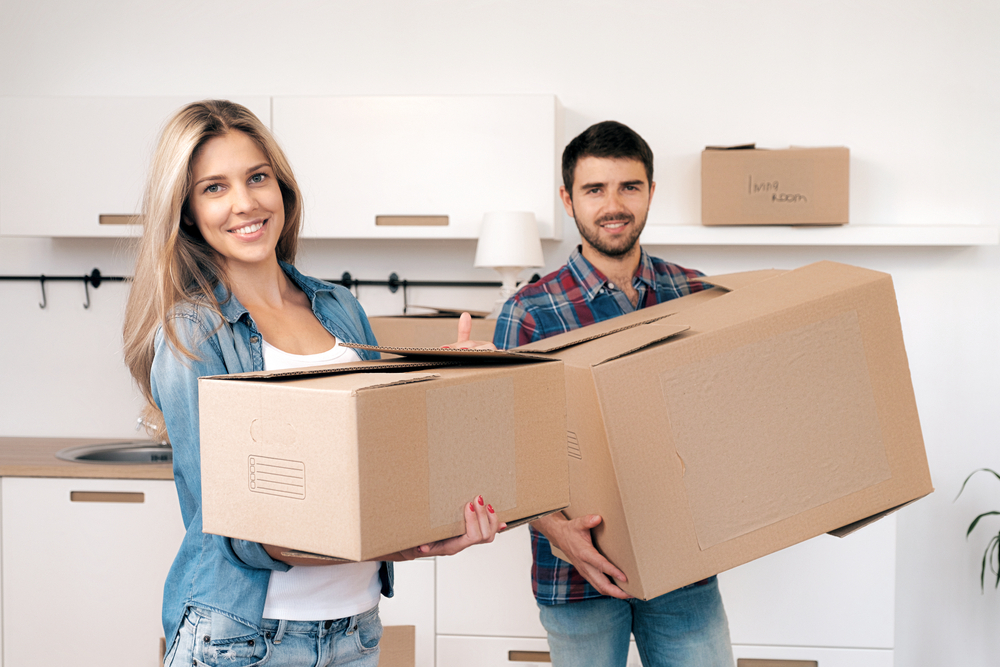Introduction
Have you ever found yourself searching high and low for an item you just know you put away somewhere? Or maybe you’ve spent way too much time trying to find the perfect storage solution for your ever-growing collection of belongings? If so, you’re not alone. In our fast-paced, consumer-driven world, it’s easy to accumulate a lot of stuff. And as our homes fill up, it becomes increasingly important to find effective storage solutions that not only help us stay organized but also efficiently use the space we have. In this comprehensive guide, we’ll explore the various types of storage solutions available, share decluttering and organization tips, and provide numerous space-saving storage ideas and hacks. By the end, you’ll have a solid understanding of how to make the most of your storage space and create a well-organized home.
Types of Storage Solutions
Built-In Storage
Built-in storage solutions are those that are incorporated into the structure of your home. These can include closets, cabinets, shelves, and even storage spaces hidden within walls or under floors. Built-in storage is typically designed to blend seamlessly with your home’s décor, making it an unobtrusive and attractive option for storing items. Some popular built-in storage solutions include:
- Walk-in closets
- Pantries
- Built-in bookshelves
- Window seats with storage underneath
- Custom cabinetry
Freestanding Storage
Freestanding storage refers to any type of storage unit that is not permanently attached to your home. This can include furniture pieces like bookshelves, dressers, and armoires, as well as standalone storage systems like shelving units and storage racks. Freestanding storage solutions offer more flexibility than built-in options, as they can be easily moved or rearranged as needed. Some popular freestanding storage solutions include:
- Wardrobes
- Bookcases
- Dressers
- Storage cubes
- Shelving units
Portable Storage
Portable storage solutions are lightweight and easy to move, making them perfect for temporary or frequently changing storage needs. Examples of portable storage include plastic storage bins, rolling carts, and collapsible storage containers. These types of storage options are particularly useful for renters who may need to move frequently or anyone who needs a temporary storage solution.
Decluttering: The First Step to Better Storage
Before diving into storage solutions, it’s essential to first declutter your space. This means going through your belongings and deciding what to keep, what to donate, and what to throw away. By decluttering, you’ll reduce the amount of stuff you need to store, making it easier to find effective storage solutions.
Organizing Your Storage Space
Once you’ve decluttered, it’s time to organize your remaining items. The key to effective organization is grouping like items together and storing them in a logical and easily accessible location. Some general organization tips include:
- Categorize items by use, such as kitchen items, bathroom items, or clothing.
- Store frequently used items in easily accessible locations.
- Use clear storage containers or labels to make it easy to identify the contents of your storage.
Space-Saving Storage Ideas and Hacks
When space is at a premium, it’s essential to make the most of every square inch. Here are some space-saving storage ideas and hacks to help you maximize your storage potential:
- Use vertical space by installing shelves or hooks on walls, over doors, or even on the backs of doors.
- Utilize the space under your bed with under-bed storage containers or by raising your bed on risers.
- Use multi-purpose furniture, such as a bed with built-in storage or a coffee table with shelves or drawers.
- Add storage to unused spaces, such as the space above kitchen cabinets or the area behind a couch.
Choosing the Right Storage Containers
Selecting the right storage containers is essential for maintaining organization and keeping your items protected. When choosing storage containers, consider the following:
- Material: Choose a container made of a durable material that will protect your items from moisture, dust, and pests.
- Size: Select a container that is appropriately sized for the items you’re storing. A container that is too large may encourage you to store unrelated items together, making it difficult to stay organized.
- Transparency: Clear containers make it easy to see the contents, making it easier to locate items when needed.
- Stackability: Choose containers that are designed to stack securely, allowing you to maximize your storage space.
Storage Planning: How to Maximize Your Space
To make the most of your storage space, it’s important to develop a storage plan. This involves taking inventory of your items, determining the best storage solutions for each category, and then implementing your plan. Here are some tips for creating an effective storage plan:
- Take inventory of your items and group them by category.
- Determine the best storage solutions for each category, considering factors like frequency of use, size, and weight.
- Measure your available storage space and choose appropriately sized storage containers and systems.
- Implement your plan, making adjustments as needed.
Conclusion
Effective storage solutions are the key to maintaining an organized and efficient home. By decluttering, organizing, and strategically implementing various types of storage solutions, you can create a space that is both functional and visually appealing. Remember, the key to successful storage is flexibility and adaptability – don’t be afraid to reassess and adjust your storage plan as your needs change. With a bit of planning and creativity, you can conquer your clutter and create a well-organized home that serves you and your family for years to come.

